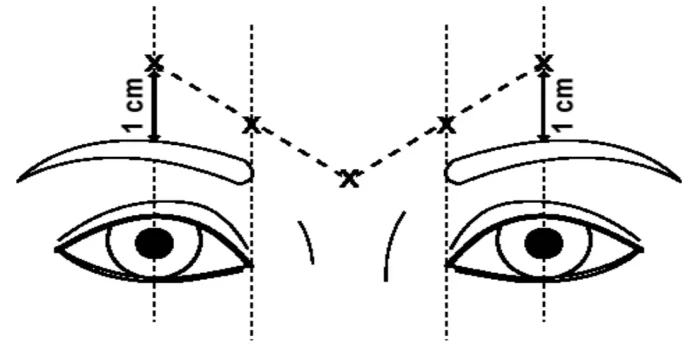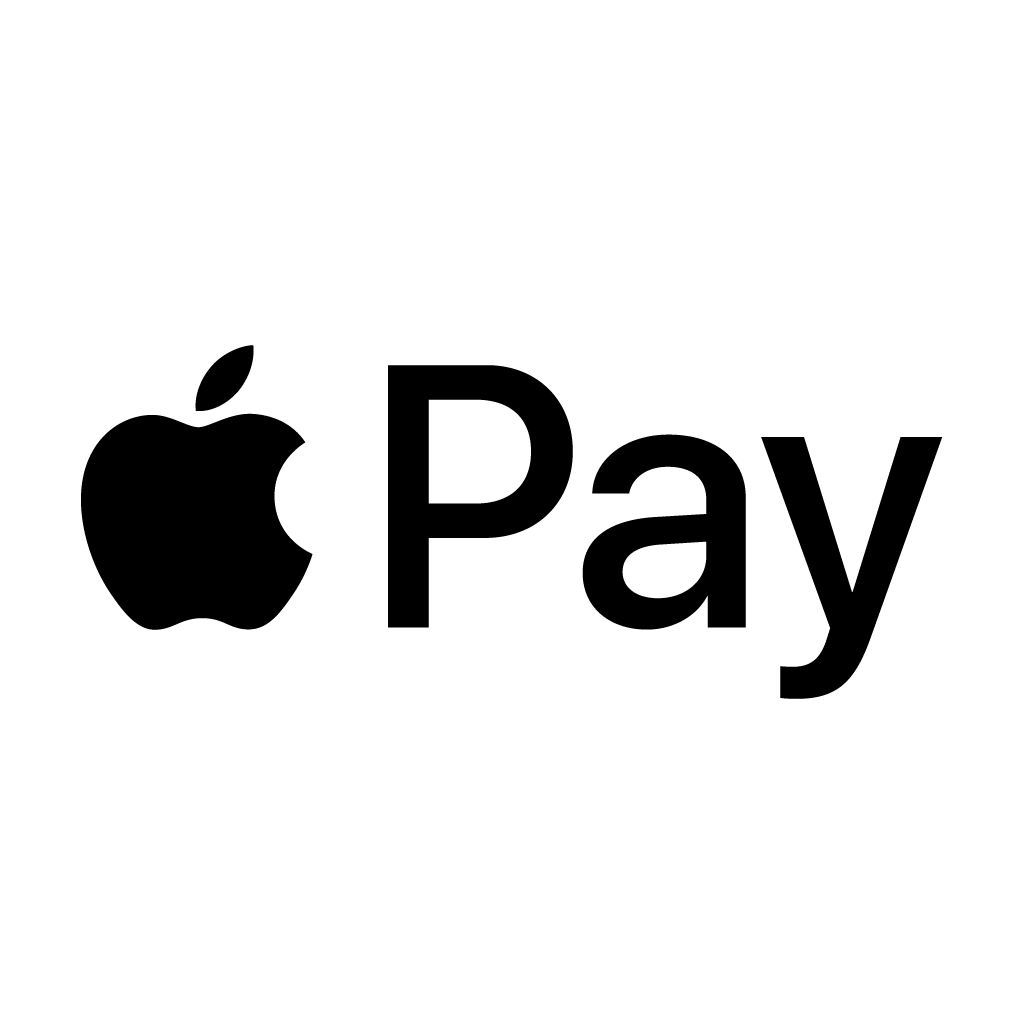Only for Licensed Professionals
Only for Licensed Professionals

Injection Guidelines for Dysport Brow Lift
Nina Petrovic
Last Updated On: July 28, 2025
Over 10 million patients opted for neuromodulator injections to smooth fine lines in 2024, and a growing share of these procedures involves using Dysport to lift the brow without surgery.
When injected with the right technique, Dysport helps soften frown lines, opens up the eye area, and improves symmetry across the upper face, without the risks or downtime of a surgical brow lift.
This article will walk you through the injection points, recommended dosing, and clinical technique for performing a Dysport brow lift.
Key Takeaways
- Dysport brow lifts relax brow depressor muscles like the corrugator and procerus to subtly lift the eyebrows and reduce frown lines.
- Injection points typically include five sites: two in each corrugator muscle and one in the procerus, with optional sites in the lateral orbicularis oculi and frontalis depending on patient needs.
- Results can be seen within 2–3 days and can last for 3–4 months. Most patients return for maintenance treatments every 12–16 weeks.

What Is a Dysport Brow Lift?
A Dysport brow lift is a non-surgical cosmetic procedure that uses targeted neurotoxin injections to lift sagging brows, smooth frown lines, and reduce heaviness in the upper face. It uses botulinum toxin type A, the active ingredient in Dysport, to relax specific muscles that pull the brow downward.
Dysport works by temporarily blocking nerve signals to targeted facial muscles. When injected at precise points, usually near the glabella and lateral brow, it reduces the activity of brow depressors like the corrugator, procerus, and orbicularis oculi. This helps the opposing frontalis muscle to lift the brow naturally, which creates a more open, rested appearance.1
Patients with deep furrows between the eyebrows can also benefit from injections in the glabellar complex. Dysport softens those lines, which can stop the eyebrows from being drawn inwards and down. The now-relaxed muscles help to “lift” up the brows and open up the eyes.
Dysport Brow Lift Injection Points

Here are the muscles usually injected with Dysport:
1. Glabella Complex
The glabella region is the most common target in a Dysport brow lift. It includes the corrugator supercilii and procerus muscles, which create vertical “11” lines and draw the brows downward and inward. Here are more details:
- Corrugator. It lies just above the inner corners of the eyebrows and pulls them downward and inward. Clinicians usually inject 10 mm above the orbital rim, typically at 2–3 sites per side.
- Procerus. It is located at the bridge of the nose and causes horizontal lines at the nasal root over time. Only one central injection above the nasal root is typically used to relax the muscle and soften horizontal glabellar lines.
To locate these muscles, ask the patient to frown. You’ll feel the corrugators bulge along the medial brow and the procerus tighten over the nasal bridge.2
2. Orbicularis Oculi
The orbicularis oculi pulls the lateral brow downward, especially during squinting or smiling. When a patient wants to lift their lateral brow or brow tail, clinicians usually inject small amounts of Dysport into the outer orbicularis oculi, about 1 cm above the orbital rim.
This relaxes the lateral pull that depresses the brow tail, which helps the frontalis lift it more freely.
The muscle is commonly treated at 1–2 points on each side and injected roughly along a diagonal line from the outer iris border upward toward the temple.3
3. Frontalis Muscle
The frontalis is the only muscle that lifts the eyebrows. It runs vertically across the forehead and contracts to raise the brow and form horizontal forehead lines. It’s not always treated in a brow lift because it also balances the downward pull of opposing muscles.
But if the forehead shows excessive horizontal lines or asymmetry, you can use Dysport to correct this. Just avoid suppressing frontalis activity too close to the brows because it can result in brow heaviness or asymmetry.
How Much Dysport to Use for a Brow Lift?
The FDA-approved Dysport dose for treating glabellar lines is 50 units, which are delivered as five injections of 10 units each into the procerus and corrugator muscles. However, practitioners usually use between 30 and 50 units for a brow lift.
Here’s a general breakdown of how units may be distributed:
- Corrugator muscles: 8–12 units per side
- Procerus: 6–10 units total
- Lateral orbicularis oculi (if treated): 2–5 units per side
- Frontalis (optional, to balance): 2–5 units per side
Practitioners usually start with smaller dosages and adjust in follow-ups, especially for first-time patients. The required dosage for each patient will differ based on their muscle strength, gender, facial symmetry, and desired outcome.
Injection Technique for Dysport Brow Lift
Here’s the injection technique for a Dysport brow lift:
- Ask the patient to frown to activate the glabellar complex. This helps you identify the corrugator and procerus muscles responsible for frown lines.
- Feel for the corrugator supercilii muscles on either side of the glabella. These run diagonally from the brow downward and inward.
- Locate the procerus muscle in the midline over the nasal bridge.
- Manually depress the frontalis and observe if the upper lid droops, which may indicate reliance on the frontalis for lid elevation.
- Look for pre-existing true ptosis, lash ptosis, or limited lid excursion. If you find any, adjust your technique to avoid weakening compensatory muscles.
- Once you’ve labeled the areas of injection, gather all your items: a vial of Dysport (300 or 500 units), sterile 0.9% sodium chloride solution, a 3 mL or 5 mL syringe, a 21-gauge needle for mixing, and an insulin or 30-gauge needle for injection.
- Ensure the Dysport vial is within its expiration date and has been stored properly (refrigerated between 2–8°C).
- Disinfect the vial’s rubber stopper with an alcohol swab.
- Using a sterile syringe and needle, draw up the appropriate volume of 0.9% sodium chloride. For a 300-unit vial, you should use: 2.5 mL saline for 12 units per 0.1 mL; 1.5 mL saline for 20 units per 0.1 mL
- Adjust your Dysport dilution according to preference or injector technique.
- Insert the needle into the Dysport vial and slowly inject the saline against the glass wall of the vial to minimize foaming.
- Gently rotate the vial or roll it between your palms. Do not shake vigorously, as this can denature the solution.
- Check that the liquid is clear and particle-free. If particles are visible or the solution is cloudy, do not use it.
- Mark the reconstitution date and time directly on the vial. Once reconstituted, Dysport should be stored in the fridge and used within 24 hours for optimal potency.
- Draw up the required dose. For a brow lift, you’ll typically need 5–15 units per side, depending on muscle strength, patient goals, and injector experience.
- Do not inject within 1 cm above the central eyebrow, where diffusion may affect the levator palpebrae superioris. For the medial corrugator, stay at least 1 cm above the bony supraorbital ridge to reduce the risk of brow or eyelid droop.
- Before each injection, apply gentle finger pressure on the superior medial orbital rim to stabilize the area and help control depth.
- Administer injections at five sites: two sites per corrugator muscle (one medial and one lateral on each side); one site in the procerus muscle (midline between the brows)4
- Insert the needle into the belly of each muscle and deliver 10 units per site. After injecting each site, withdraw the needle gently to avoid product tracking or bruising.
- Instruct the patient not to rub or massage the treated area for at least four hours, as this may cause product migration.5
Source Dysport for Medical Use Through Med Supply Solutions
A subtle Dysport brow lift can refresh the upper face without looking frozen, but your results depend on your injection technique and the quality of the product you use.
Med Supply Solutions team can help you find genuine, licensed Dysport sourced directly from regulated distributors. Look for products that arrive in sealed manufacturer packaging with a verifiable LOT number, so you can track their origin and ensure authenticity.
Check out our catalog at Med Supply Solutions today if you’re looking for reliable, clinic-trusted products.
FAQs
1. How Soon Will I See Results After a Dysport Brow Lift?
Dysport usually begins to take effect within two to three days, with full results visible by day seven to ten. It has a faster onset than Botox, which makes Dysport a good option for patients looking for quicker results.6
2. What’s the Difference Between Botox vs. Dysport for a Brow Lift?
Dysport and Botox are FDA-approved botulinum toxin treatments that relax facial muscles, but they differ in diffusion, onset, and unit measurement.
Dysport tends to spread slightly more compared to Botox, which makes it great for larger areas like the forehead, and it may kick in faster. Botox is more concentrated and often used for smaller, targeted areas.
Both can help you achieve excellent brow lift results when dosed and placed correctly.
3. Who Should Avoid Getting a Dysport Brow Lift?
Dysport is not recommended for patients who are pregnant, breastfeeding, have neuromuscular disorders, or are allergic to botulinum toxin. You should get a detailed medical history before treatment.
References
1. Boughton B. The nonsurgical brow-lift: pleasing patients and diversifying practices. American Academy of Ophthalmology. Clinical Update: Oculoplastics. https://www.aao.org/assets/cu-pdf. Accessed July 20, 2025.
2. Karimi N, Kashkouli MB, Sianati H, Khademi B. Techniques of Eyebrow Lifting: A Narrative Review. J Ophthalmic Vis Res. 2020;15(2):218-235. Published 2020 Apr 6. doi:10.18502/jovr.v15i2.6740
3. Omran D, Tomi S, Abdulhafid A, Alhallak K. Expert opinion on non-surgical eyebrow lifting and shaping procedures. Cosmetics. 2022;9(6):116. doi:10.3390/cosmetics9060116. Accessed July 20, 2025.
4. Gothe R, Vieira MG, Alves LT, da Silva AM, Rabelo VA, Rogério V, Garcia NG. Botulinum toxin for eyebrow repositioning and facial rejuvenation – case report. Ciências da Saúde. 2023;27(127). doi:10.5281/zenodo.10615537. Published October 24, 2023.
5. DYSPORT® (abobotulinumtoxinA) for injection [prescribing information]. Irvine, CA: Ipsen Biopharmaceuticals, Inc; 2016. https://www.accessdata.fda.gov/drugsatfda_docs/label/2016/125274s107lbl.pdf.
6. Schlessinger J, Cohen JL, Shamban A, et al. A Multicenter Study to Evaluate Subject Satisfaction With Two Treatments of AbobotulinumtoxinA a Year in the Glabellar Lines. Dermatol Surg. 2021;47(4):504-509. doi:10.1097/DSS.0000000000002846
Products
Cart
Log In
Newsletter
Subscribe for exclusive offers and updates on new arrivals
Share feedback at:
Working Hours
MON - SUN 9AM to 6PM EST
The Most Popular Brands
Med Supply Solutions
Support
Secure checkout is guaranteed with full adherence to PCI DSS payment standards.
Products listed here are guaranteed authentic and manufacturer-sourced.
Pay easily with trusted providers


*Google and Apple Pay are currently only available via a direct link provided by your account manager.
Copyright 2025. Med Supply Solutions